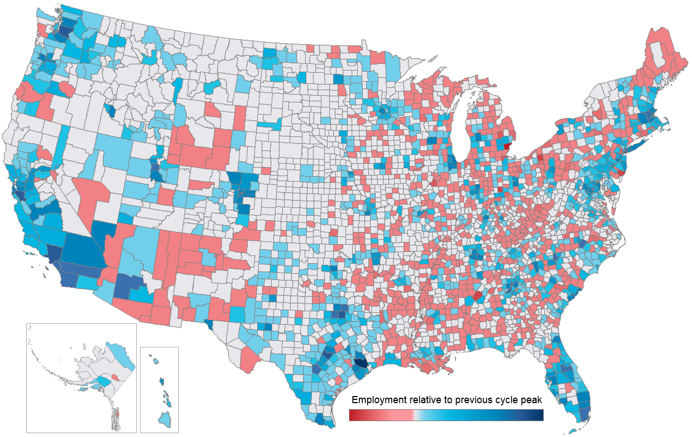

Your expenses should always be lower than your income to have financial peace of mind. If you think about it, the same thing happens with personal finances. The plan is for a nation to sell more than it spends This is where exports and imports come into play and strongly influence the circular flow of a country’s income. The last element of the circular flow is the foreign sector: since the time of the cavemen, people have realized that they need to work together with individuals from other areas in order to survive. Once they receive the resources, they have the obligation to return it to the population through subsidies, public services, security, infrastructure and economic policies that give stability to the whole country.

Its job is to keep the peace for all economic agents and it obtains revenues by collecting taxes. The government is a key factor in the functioning of the circular flow diagram. This is the group of people who have human capital, money, equipment and land and sell them to investors or businessmen to exploit commercially. Thus, we could say that it’s the first win-win relationship that ever existed in the story of humanity. That’s why many specialists consider companies to be a fundamental indicator of the financial scale of a nation.Īt the end of the day, companies generate products, services and jobs for the population, a population that exchanges them for time and workforce, which allows them to obtain money to satisfy their daily needs. It’s impossible for a country’s economy to function if we don’t have companies that produce the basic goods that allow us to subsist. Would you like to know what are the elements that make up one of the most important concepts in economics? Discover them below so that you can understand how this diagram works: 1. Well, this wrench represents the real flow, while the monetary flow is the money you pay for the product. So, if you have an accident at home and you need a wrench to fix it, you go to the store and buy it. This is represented with the circular diagram: it starts with the companies hiring people who, once they receive their salary, give it back to the companies through the purchase of products and services. It’s the money that goes from one place to the next.

We could say that it’s the result of the work carried out by the different economic agents that exist in a country. With the products and services produced in the territory. In this regard, there are two types of circular flow: 1. He named it after the similarity of the concept with the blood circulation of the human body. It was Francois Quesnay, from France, who developed this concept more than a hundred years ago. The circular flow of income explains both the basic functioning of the economy and its general state, and the higher the flow, the higher the wages people receive, which translates into a greater flow of cash circulating on the streets.

So money moves in a kind of loop where it’s passed from one hand to another until it reaches its origin. Where do you think they make their purchases? Exactly, in companies. How? People all over the world work in companies, these companies pay their salaries, and with that money people buy products and services that satisfy their needs. This way, it works like a cycle where everything comes back to its place. This diagram explains the general movement of money on a day-to-day basis through the relationship that exists between the main economic agents, such as companies, families and the public sector. The circular flow diagram is one of the basic concepts of economics.


 0 kommentar(er)
0 kommentar(er)
